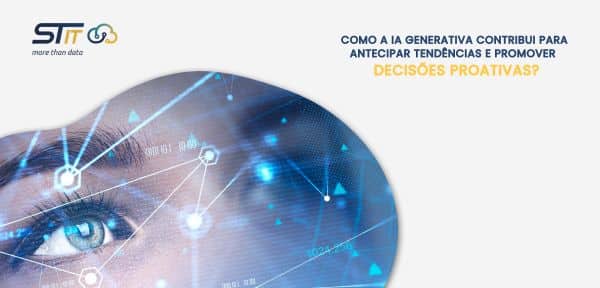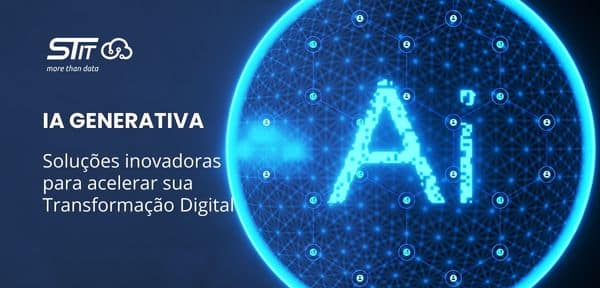Unlocking the Future: How Generative AI Transforms Trend Anticipation
Amid today's dynamic business scenario, anticipating trends is one of the crucial elements for effective strategic planning. In this context, Generative Artificial Intelligence (AI) stands out as a current and highly relevant tool. In this article we present how generative AI can be a powerful ally in trend forecasting, enabling organizations to adopt a proactive approach to decision-making to achieve success in their strategic objectives.
What is Generative AI?
Generative AI is a branch of artificial intelligence that has the ability to create, synthesize or generate new data based on patterns learned from existing data sets. This feature allows AI to not only analyze the past but also simulate future scenarios.
Identifying Complex Patterns
One of the strengths of generative AI is its ability to identify complex patterns in data. While traditional analysis methods can miss non-trivial relationships between variables, generative AI excels at uncovering deeper insights, providing a more complete view of the business environment.
Training Dataset Expansion
One of the strengths of generative AI is its ability to identify complex patterns in data. While traditional analysis methods can miss non-trivial relationships between variables, generative AI excels at uncovering deeper insights, providing a more complete view of the business environment.
Training Dataset Expansion
The ability to generate synthetic data makes it possible to expand training data sets. This is particularly useful when the amount of real data available is limited. Generative AI creates an environment conducive to learning more accurate and effective models.
By incorporating synthetic data into the training set, generative AI enables a more comprehensive and diverse approach to model development. This is particularly relevant in situations where collecting real data is costly, time-consuming or, in some cases, impractical. Synthetic data generation offers a viable solution to address this gap, allowing machine learning algorithms to benefit from a more substantial and varied amount of information.
Simulation of Future Scenarios
By creating synthetic data, generative AI enables the simulation of future scenarios. This functionality is valuable for organizations that seek to anticipate possible trends and prepare for a variety of situations, thus contributing to more solid strategic planning.
This functionality proves to be essential in the context of strategic planning, allowing organizations to test different strategies and make informed decisions based on simulated scenarios. The ability to anticipate changes, understand potential risks and evaluate emerging opportunities is enhanced by the inclusion of synthetic data that represents variations and complexities of the environment in which the organization operates.
Proactive Decision Making
Anticipating trends makes it easier to make proactive decisions. Companies that can stay ahead of market changes have a significant competitive advantage. Generative AI, by providing predictive insights, empowers organizations to act with confidence and effectiveness.
By integrating synthetic data that represents possible evolutions of the business scenario, artificial intelligence offers a more comprehensive view of what is to come. This allows decision makers to identify emerging opportunities, anticipate potential challenges, and proactively adjust their strategies.
Proactive decision-making based on predictive insights not only improves organizational resilience, but also contributes to creating more efficient and innovative strategies. Generative AI, by generating data that extrapolates past experiences, empowers organizations to explore new paths and adopt disruptive approaches that can transform challenges into opportunities.
Generative AI is an indispensable tool in strategic trend forecasting. Its ability to identify complex patterns, expand training data sets, and simulate future scenarios provides a significant boost to organizations' strategic planning.







